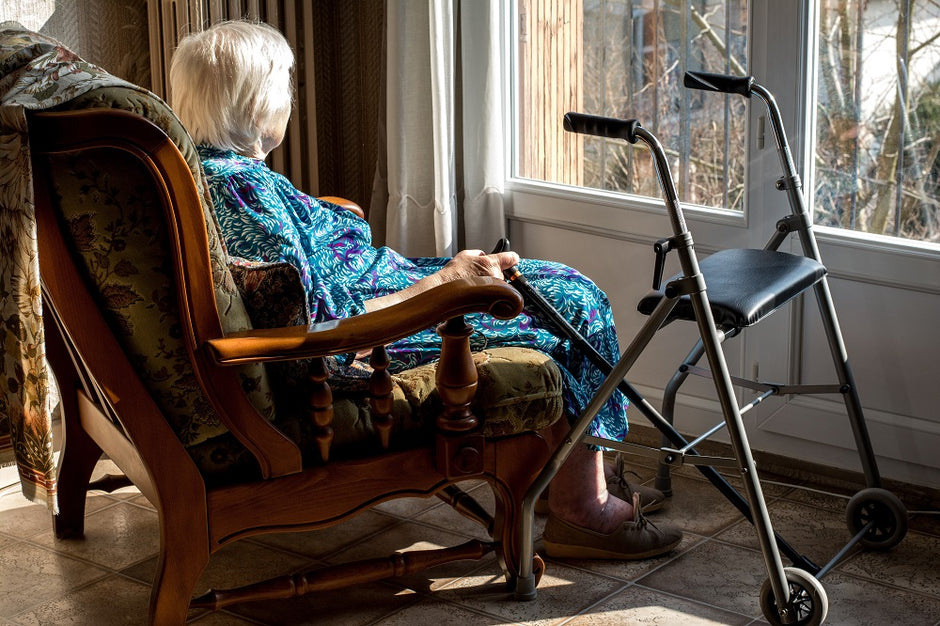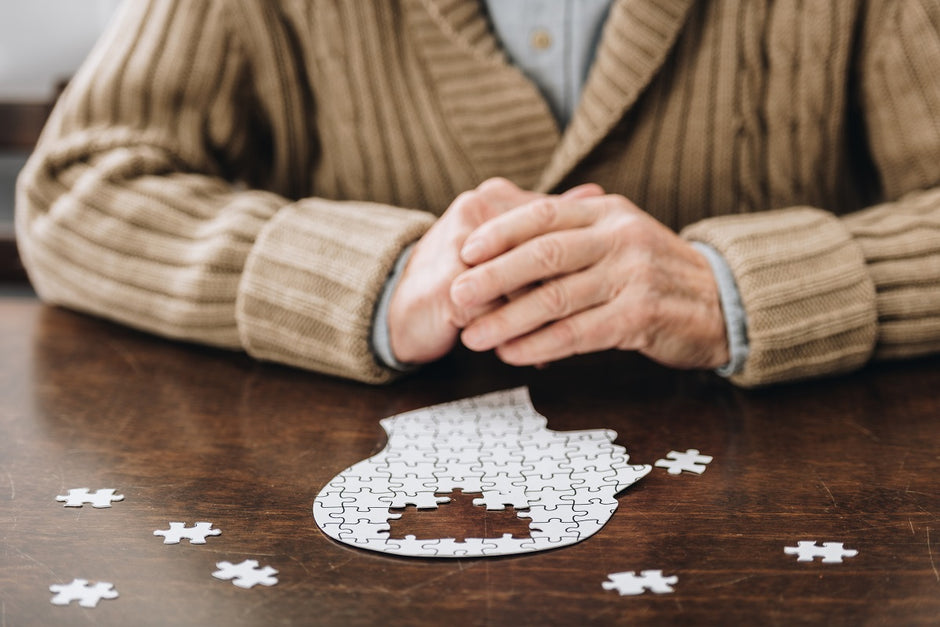What is Seasonal Affective Disorder?
Seasonal Affective Disorder (SAD) is a mood disorder in which people exhibit depressive symptoms at the same time each year. People most commonly experience these depressive symptoms in the winter seasons when there is less sunlight and colder temperatures. The environmental changes can lead to lowered energy levels, lethargy, oversleeping, and acute depression.
Do you Have Seasonal Affective Disorder?
Always visit a doctor or health professional before self-diagnosing. Many of the symptoms of SAD are common and even normal, when experienced independently. These symptoms can become more concerning when more than four or five of them are experienced simultaneously. If this is the case, visit a psychologist, psychiatrist, or family doctor to discuss mood disorders and the nature of your symptoms.
For the majority of people diagnosed with SAD, the following five symptoms are a good indicator that the mood disorder is present.
1. A Depressive State
Even if you experience all of the other symptoms, if you do not experience this core symptom, chances are your disorder is not SAD. SAD is primarily characterized by a state of depressive mood. You feel depressed throughout the day, nearly every day for a period that is enduring (a minimum of 2-3 several consecutive months).
You may feel a loss of interest in activities that you once found enjoyable or exciting. You may have a consuming sensation of hopelessness, worthlessness, or guilt that interferes with your daily life. This mood is not triggered by external events, but rather, prevails despite outside circumstances.
2. Low Energy and Lethargy
Another common symptom of SAD is a lack of energy and feeling of sluggishness or lethargy. This feeling makes it difficult to engage in physical activity or even concentrate on tasks. The energy exists independent from sleep patterns. You may sleep 10 hours a night and still feel a sense of fatigue. Many people who live with SAD see disruptions in their sleep habits. They often oversleep and have a hard time waking up and starting the day.
3. Changes in Appetite or Weight
Individuals who suffer from SAD differ in their dietary symptoms. Some people begin to overeat and see weight gain as a periphery symptom of their mood disorder. Others feel a loss of interest in food and a decrease in appetite. These people may lose weight and become susceptible to an eating disorder. These appetite or weight changes are highly independent.
4. Agitation and Anxiety
People who suffer from symptoms of SAD sometimes see a spike in anxiety levels. An increase in anxiety can include a weariness to interact with large groups of people, discomfort with going in public spaces, a change is disposition (easy to startle or jittery), and an increase in the autonomic nervous system activity (sweaty hands, poor digestion, dry mouth, etc).
5. Thoughts of Death or Suicide
Not all people who live with SAD have suicidal thoughts but a number of people with mood disorders that include depressive symptoms, begin to have regular and recurring thoughts about suicide and death. This is provoked by an overarching sense of hopelessness and an inability to see the future clearly or positively.
Causes of Seasonal Affective Disorder
There are several reasons SAD is thought to affect people. The three key factors include, but are not limited to:
1. Circadian Rhythm:
SAD is most commonly experienced in the end of fall and beginning of winter. In this period of time, the sun begins to set prematurely and rise later. The reduced level of sunlight can disrupt the internal clock that most people have to regulate their waking and sleeping schedules. This disruption can lead to depression.
2. Serotonin Levels:
Serotonin levels play a vital role in traditional cases of chronic depression. In individuals with seasonal depression, it’s possible that serotonin temporarily takes a nosedive during the winter season. The change of this brain chemical can be triggered by changes in sunlight.
3. Melatonin Levels:
The body has a natural balance of melatonin that contributes to sleep regularity, as well as mood. If people have insufficient melatonin in their body, due to neurotransmitter changes, their sleep and mood can both change as a result.
When to See a Doctor
As previously stated, many of these symptoms are normal for people to experience in isolated events. If you feel a number of the above mentioned symptoms affecting your daily life and do not have an external trigger for these mood changes, it may be time to seek out a doctor. If you are aware of your predisposition for SAD and it is not interfering with your ability to complete tasks, you may benefit from a non-invasive treatment, like the daily use of a SAD light.
SAD Lighting and How It Helps
Since the majority of research demonstrates that SAD is made worse due to a withdrawal from regular sunlight exposure, the SAD lights were developed as a non-invasive and accessible remedy. SAD lights provide an artificial source of light to provide sufferers with light therapy that can help regulate neurotransmitters, melatonin, and the circadian rhythm in the body.
Being exposed to light from specially created SAD light technology has been shown to improve both the mood and energy levels of SAD sufferers. Simply use the SAD light for 20-30 minutes everyday to see sustained positive relieve from symptoms.








